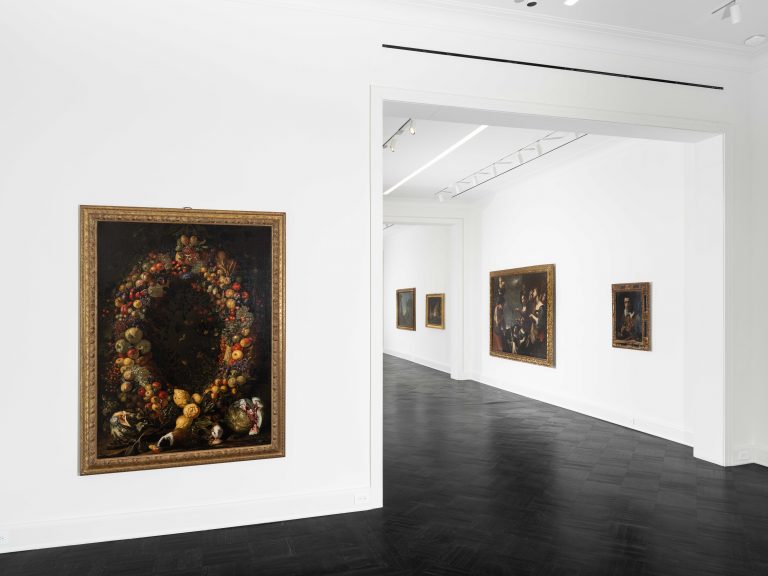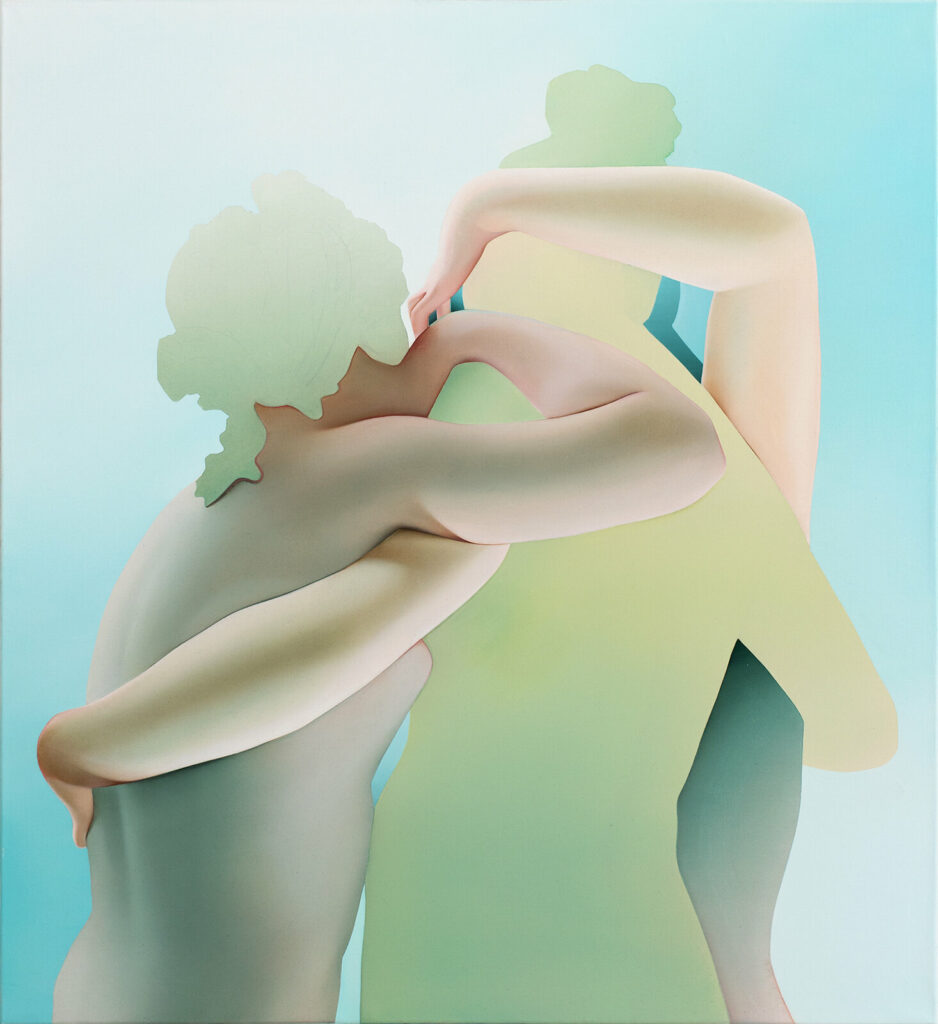Re: Looking
2004 - Film & Video (Film & Video)
Wong Hoy Cheong
Re: Looking marks a new phase in Wong’s work which connects his region’s history with other parts of the world. The video—located in an imagined contemporary Malaysian middle-class living room, a space of a fictive former imperial power—explores the precarious link between fact and fiction, fakery and authenticity by overlaying three believable, authoritative forms: a documentary, a website, and a realistic reconstruction of a contemporary home. It is rife with occidental colonial documents and exotic cultural artifacts—the trophy-evidence of Empire-making. The video parodies television networks and documentaries as researched authoritative forms of information. It begins by posing as a serious, believable work of non-fiction, but becomes increasingly unsettling with its inclusion of fictive events, memories, and histories around the urgent contemporary problems of migration, racism, power relationships, and empire making.
Born in Malaysia, Wong Hoy Cheong’s work examines the formation of his country’s multicultural identity vis-à-vis global migration, trade, colonialism, and the postcolonial circulation of people, ideas, and capital. His extended body of work uses various media—drawing, painting, performance, installation, video, and on-line projects—to critique the impact of these developments on contemporary life within and without South Asia. With the increasingly hegemonic domination of the media industry in everyday life, its systems of representation have become a central issue in Wong’s recent work, which oscillates between reality and fiction, irony and transgression—and gains a new strength in the process.
Colors:
Related works featuring themes of: » Art in Art, » Black-and-White Photography, » Cinematic, » Collective History, » Color Photography, » Malaysian
» see more

© » KADIST
Enrique Ramirez
2017Ramirez’s The International Sail is the fifth in a series that features an upside-down worn out, mended and fragmented boat sail...

© » KADIST
Enrique Ramirez
2019Enrique Ramirez’s La Memoria Verde is a work of poetry, politics, and memory created in response to the curatorial statement for the 13th Havana Biennial in 2019, The Construction of the Possible ...

© » KADIST
Sharon Lockhart
2011Visalia Livestock Market, Visalia, California results from Lockhart’s prolonged investigation of an agricultural center and community...

© » KADIST
Sharon Lockhart
2008Lockhart’s film Lunch Break investigates the present state of American labor through a close look at the everyday life of the workers at the Bath Iron Works shipyard—a private sector of the U...
Other related works, blended automatically
» see more

© » KADIST
Wong Hoy Cheong
2009Days of Our Lives: Reading is from a series of work was created for the 10th Biennale de Lyon by the artist...

© » KADIST
Enrique Ramirez
2017Ramirez’s The International Sail is the fifth in a series that features an upside-down worn out, mended and fragmented boat sail...

© » KADIST
Enrique Ramirez
2019Enrique Ramirez’s La Memoria Verde is a work of poetry, politics, and memory created in response to the curatorial statement for the 13th Havana Biennial in 2019, The Construction of the Possible ...

© » KADIST
Matt Lipps
2011Untitled (Women) (2011) presents a startlingly succinct history of violently romanticized femininity...
Related works sharing similar palette
» see more

© » KADIST
Chemi Rosado-Seijo
2016Map of the Universe from El Cerro continues Chemi Rosado-Seijo’s long-term engagement with the community of El Cerro , a rural, working-class community living in the mountains of Naranjito, Puerto Rico...
Other works by: » Wong Hoy Cheong
» see more

© » KADIST
Wong Hoy Cheong
2009Days of Our Lives: Reading is from a series of work was created for the 10th Biennale de Lyon by the artist...

© » KADIST
Wong Hoy Cheong
2009Created for the tenth Lyon Bienniale, in Days of Our Lives: Playing for Dying Mother, Wong’s ongoing negotiation of postcolonial globalization takes aim at French society...
Related artist(s) to: Wong Hoy Cheong » Ho Tzu Nyen, » Zanny Begg
» see more

© » KADIST
Ho Tzu Nyen
2011The Cloud of Unknowing (2011) is titled after a 14th-century medieval treatise on faith, in which “the cloud of unknowing” that stands between the aspirant and God can only be evoked by the senses, rather than the rational mind...







